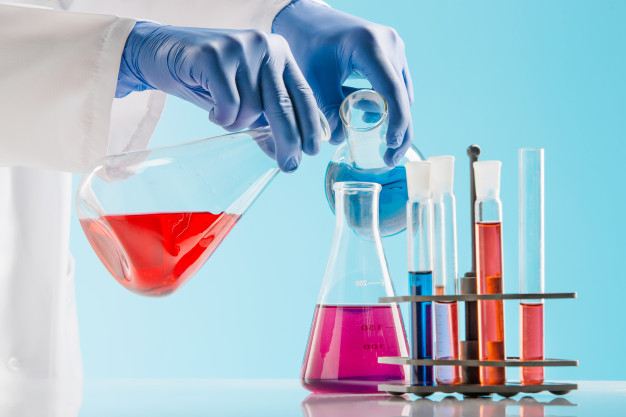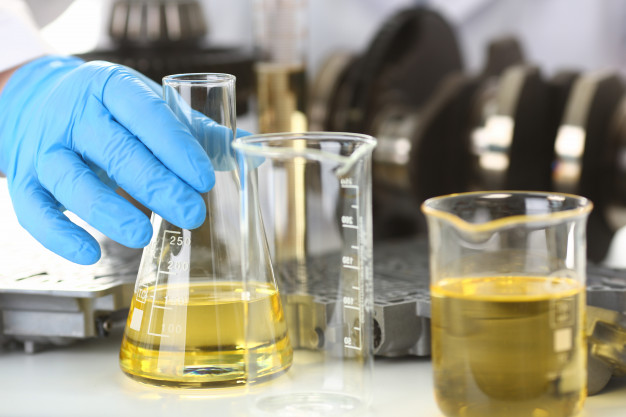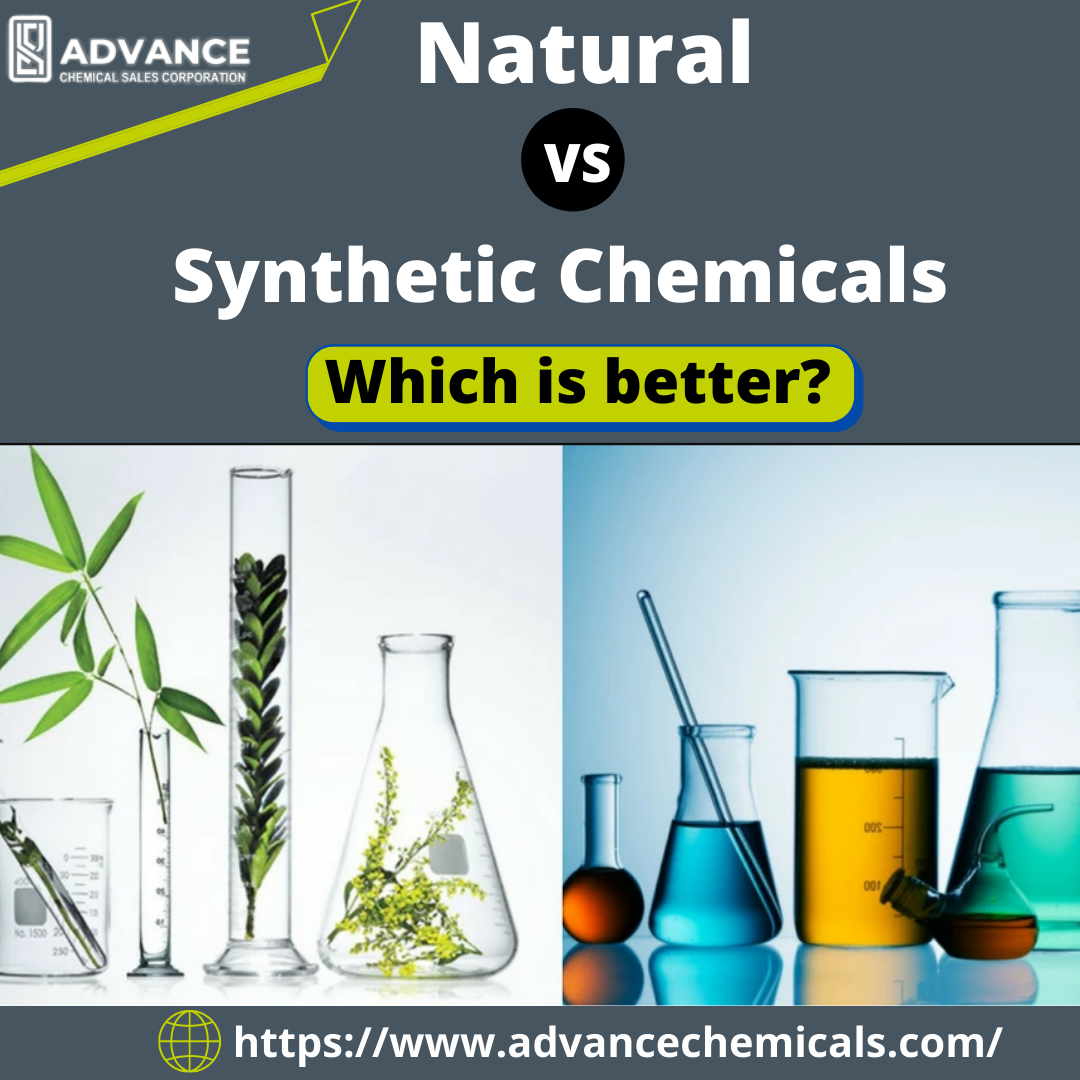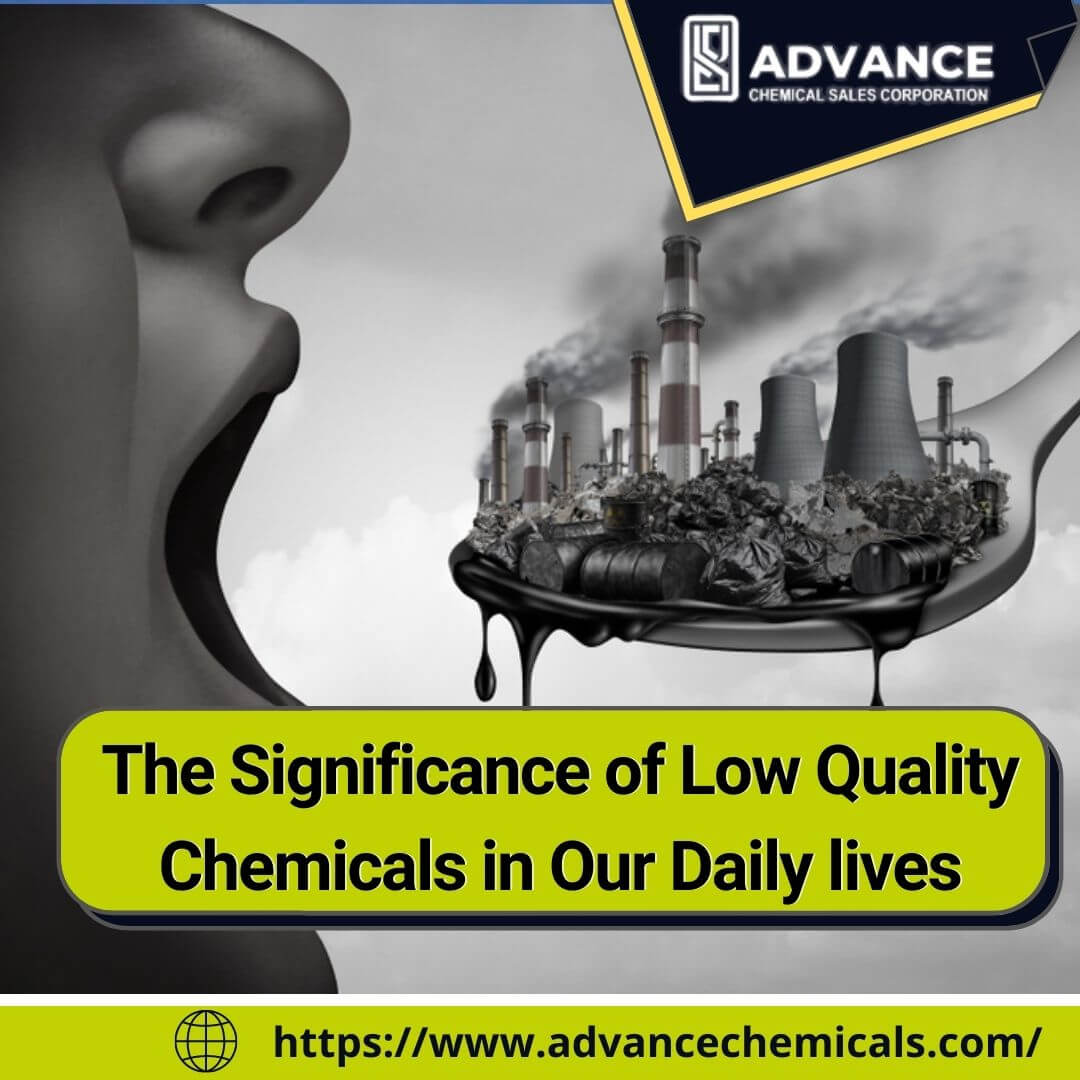In this modern world, humans are always at a risk of being shelled with noxious chemicals, both of synthetic and natural variety. Nowadays, a question of debate always arises amongst us between natural vs synthetic chemicals, wherein a common belief is that synthetic or man-made compounds are more toxic than the natural ones.
These days, everything we eat, breathe, and apply externally to our skin is all made of chemicals, so we constantly exist in a chemically-bound environment. Hence, in these times a distinct fear of chemicals, known as ‘chemophobia’ has sprung lately among us, especially those who reside in the metropolitan and cosmopolitan cities around the world.
Natural Chemicals
Those compounds which commonly exist in nature without any human involvement are natural chemicals. In other words, it is a group of unrefined substances found in nature, coming from plants, animals, seawater, the soil, and also micro-organisms existing on earth. Some chemicals can come from nature, like silicone, which is made from silica or sand.
Synthetic Chemicals
These are artificial compounds produced by a man-made process, and different from those existing in nature. Different vitamins found in fruits or vegetables are got synthetically from a laboratory. So, it is not so harmful, but the amount of dosage used artificially can determine whether the synthetic chemical is good or lethal for humans. However, present-day chemistry has created some noxious substances such as, dioxins and DDT, which are hazardous to the entire society.
Natural vs Synthetic Chemicals | Which Is Better?
The contention between natural vs synthetic chemicals is going on for years, wherein the admirers of naturally obtained compounds believe that they are much safer than artificially made substances, as nature knows the best remedy. However, researchers alternatively uphold the fact that immunity and effectiveness are not acceptable by a compound’s source; nevertheless, the benefits are seen by the relevant analysis in a chemistry laboratory.

Now, the constituents of the chemical compounds that exist in our surroundings naturally have higher adaptability with our body composition. However, scientists can reproduce artificial chemical structures from these natural ingredients. But, most of these synthetic chemicals replicated in the lab are susceptible to rigid guidelines under the Food and Drug Administration. Hence, these man-made substances are continually examined and researched in the laboratory to bring forth the most beneficial results.
Organic farming techniques, nowadays consistently use the pesticides and insecticides naturally got by following the regulations of the US Department of Agriculture, but the long-term effects of these substances on the health of mankind is still an arguable issue.
Hence, acquiring the correct proportion and evenness of these natural substances is pivotal to decide their benefits for society. Therefore, naturally obtained substances can be purified in the lab to make their density appropriate and effective to obtain the desired health benefits. Again, naturally found essential oils have the most concentrated constituents in them, so they should only be used at lower dosages or diluted for external usage on the human skin. Otherwise, effects can be harmful to human skin, which is very sensitive.
Hence, it is not so simple to brand synthetic chemicals as harmful or natural chemicals as beneficial. It is a proven fact, that naturally occurring pesticides used in organic farming procedures have more or less the same toxic levels as artificial insecticides. In this context, we can say that some natural compounds are toxic like, Botox which is a neurotoxin, or totally a natural protein produced by bacteria. So, naturally occurring substances are just as harmful as their synthetic counterparts.
It is an undisclosed truth that medical products that are meant for patients suffering from acute skin diseases like, eczema, and dermatitis are made entirely from synthetic chemical ingredients. Hence, in this context, it can be specifically stated that chemical residuals from natural substances can also sometimes trigger allergic reactions to patients with the above skin disorders. Therefore, we should take advantage of utilizing processed concentrated solutions, as an appropriate alternative to entirely naturally sourced substances to acquire more effective and secured health benefits.
An appropriate example of the Butterbur plant with a natural anti-swelling substance of Petasin found within its extracts. However, this plant also produces a naturally found chemical, which can cause extensive harm to our liver, as it also contains Pyrrolizidine alkaloids. Hence, before applying, the essential oils should be made pure using a synthetic process in labs to remove the toxic alkaloids and obtain suitable health advantages for humans.

Now, it is a popular misapprehension that synthetically produced chemicals are always noxious to health. This illusion has mostly been created by misappropriating media news, and cheap materials produced by some large pharmacy houses emphasizing more on their profit and less on maintaining suitable safety standards. This dilemma along with fabricated information from different sources has compelled our perceptions to incorrectly perceive synthetic chemicals as a harmful element.
Again, associating two different substances of natural and man-made chemicals will cause a chemical reaction, and change the structure of the original substance. Thus, we should engage the appropriate amount of the ingredient and cause such chemical reaction that brings forth effective and safer results for health.
Final Thoughts
In the final analysis, when comparing natural vs synthetic chemicals, it can be derived that, man-made compounds can generate better products while being environmentally friendly, as they restrict over-exploitation of the ingredients found in nature.
Thus, we can state that naturally found substances are not always safe. The extent of safety for a natural or synthetic chemical will only depend on its structural configuration and the amount of dosage to be used for an application, and not on its source.
Also Read our blog 👉👉 Megatrends that Rule the Chemical Industry in 2020 & Years Ahead




48Comments